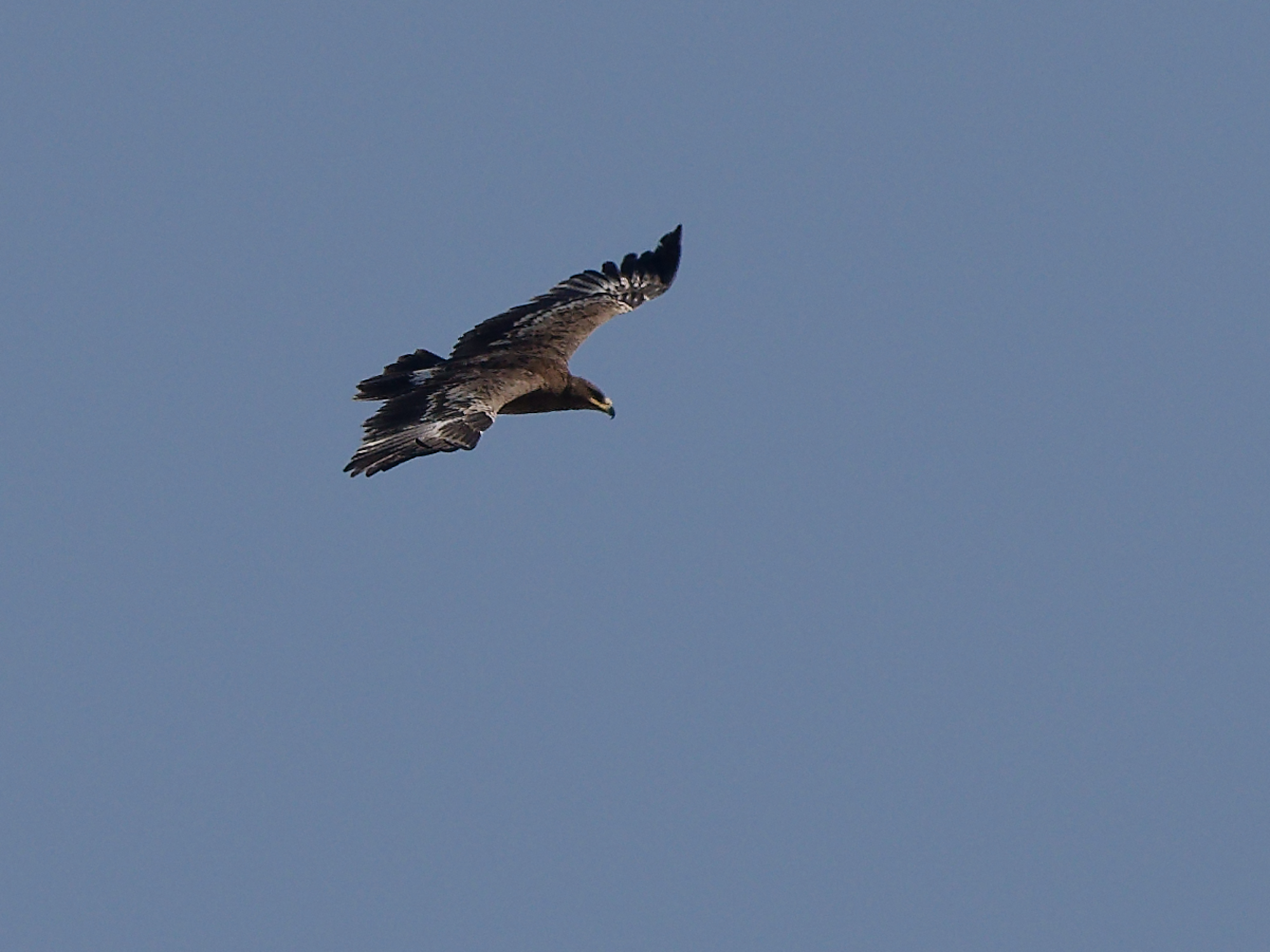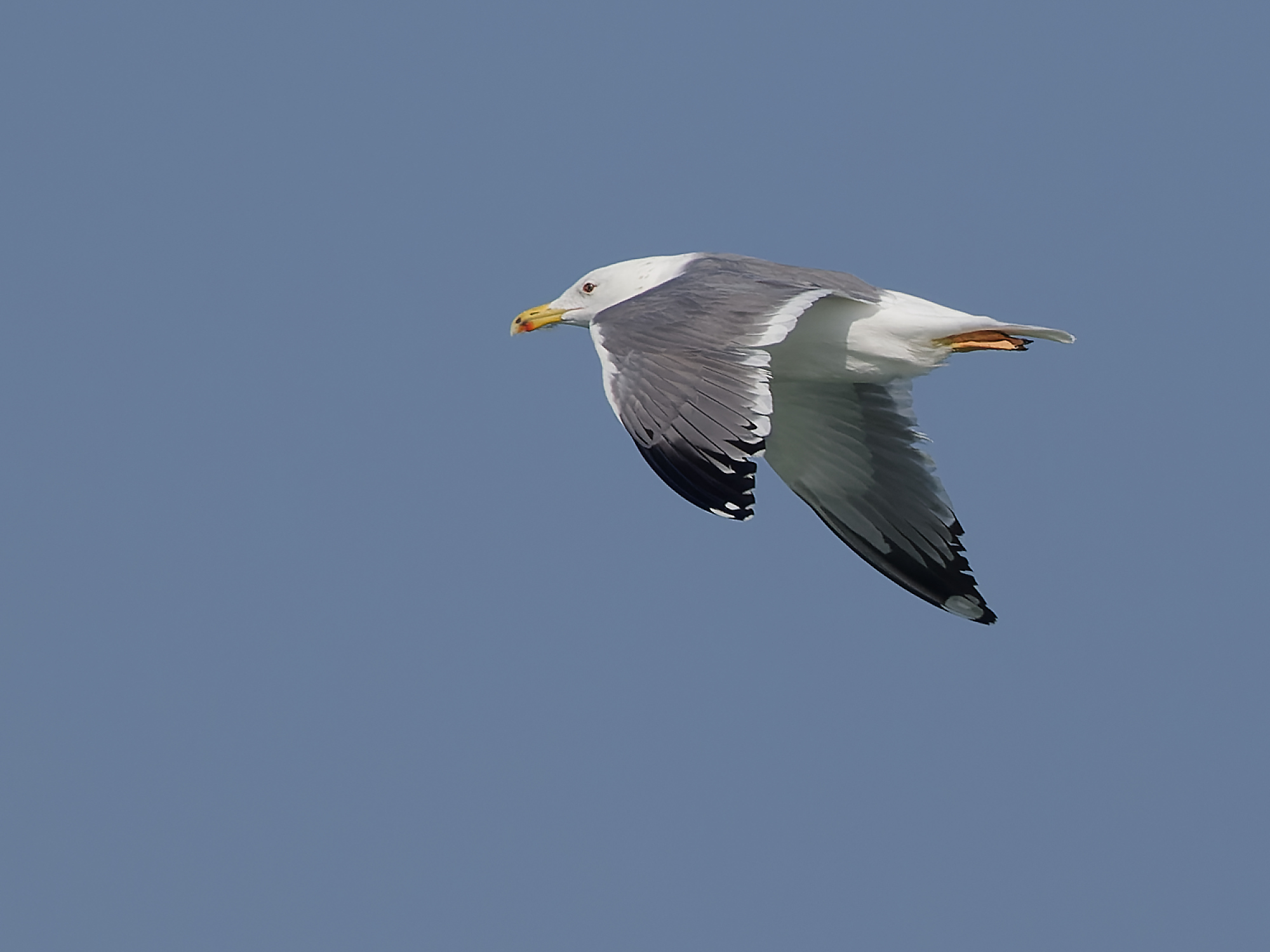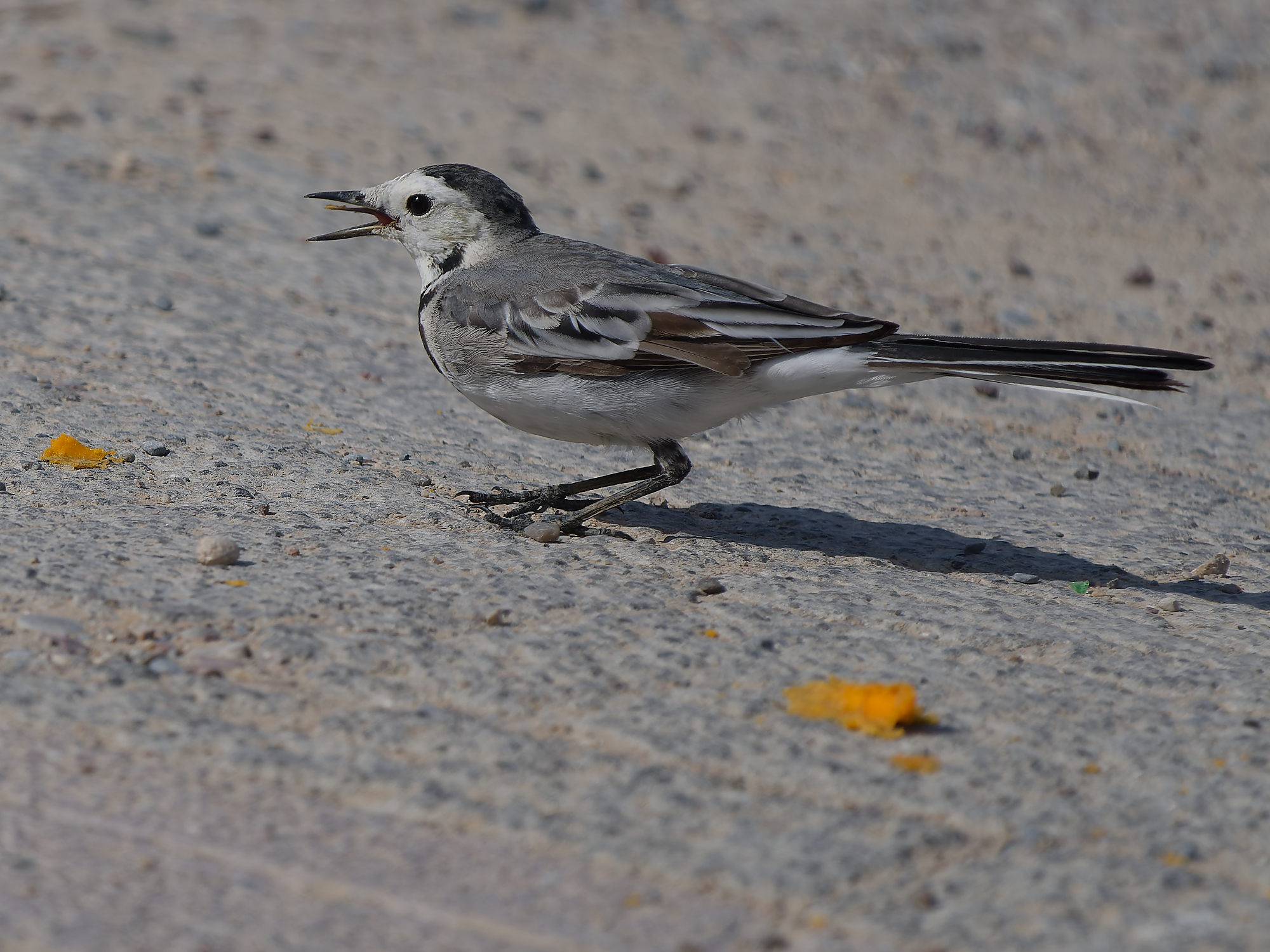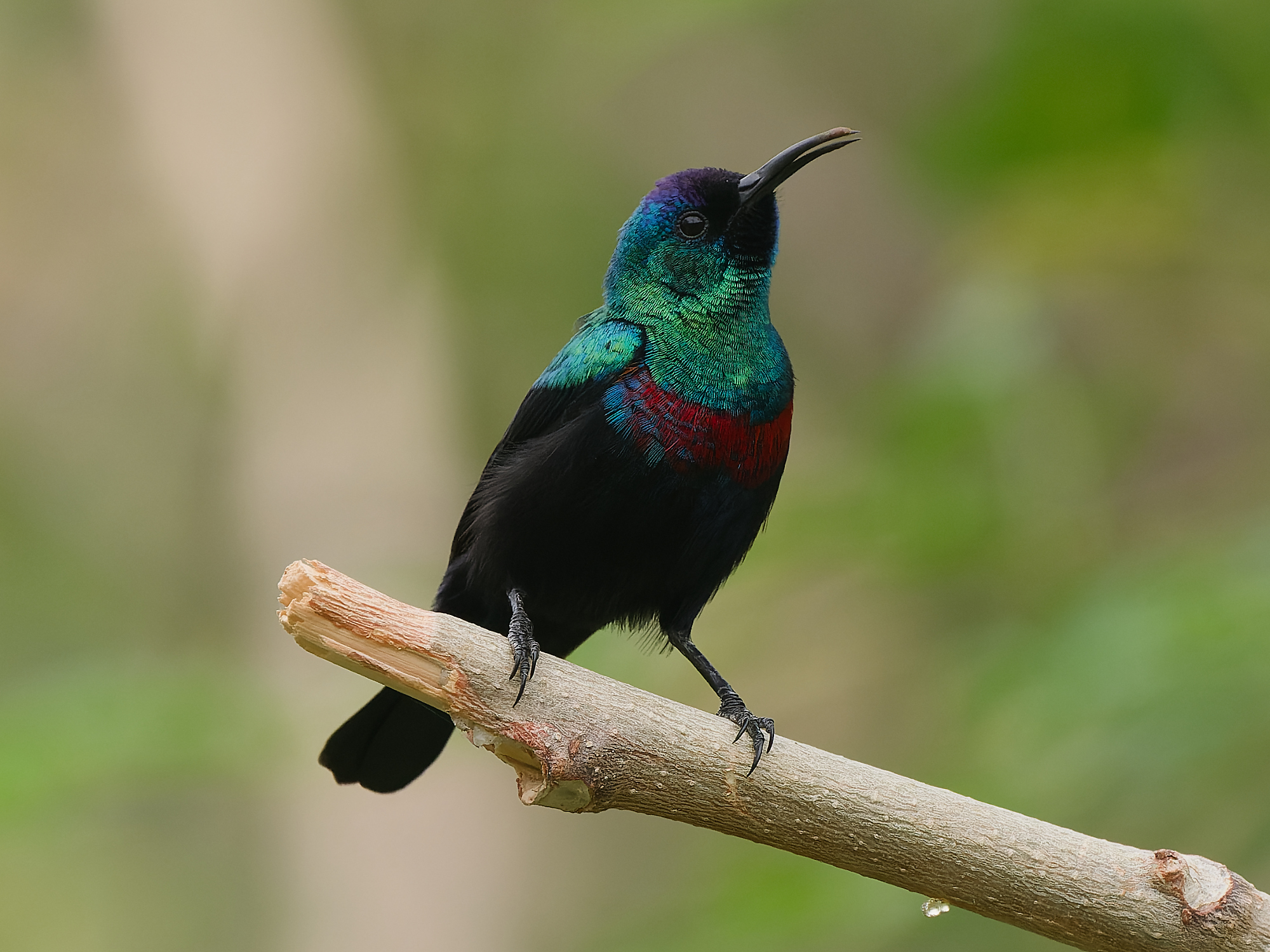This page shows the blog pages. For most trips, there is one blog per day. Clicking on the photo for a day will take you to a slider: a photo carousel that shows the photos large. Clicking on the title will take you to another page with more information about the photos.
The link Top will take you back to the top of this list.











